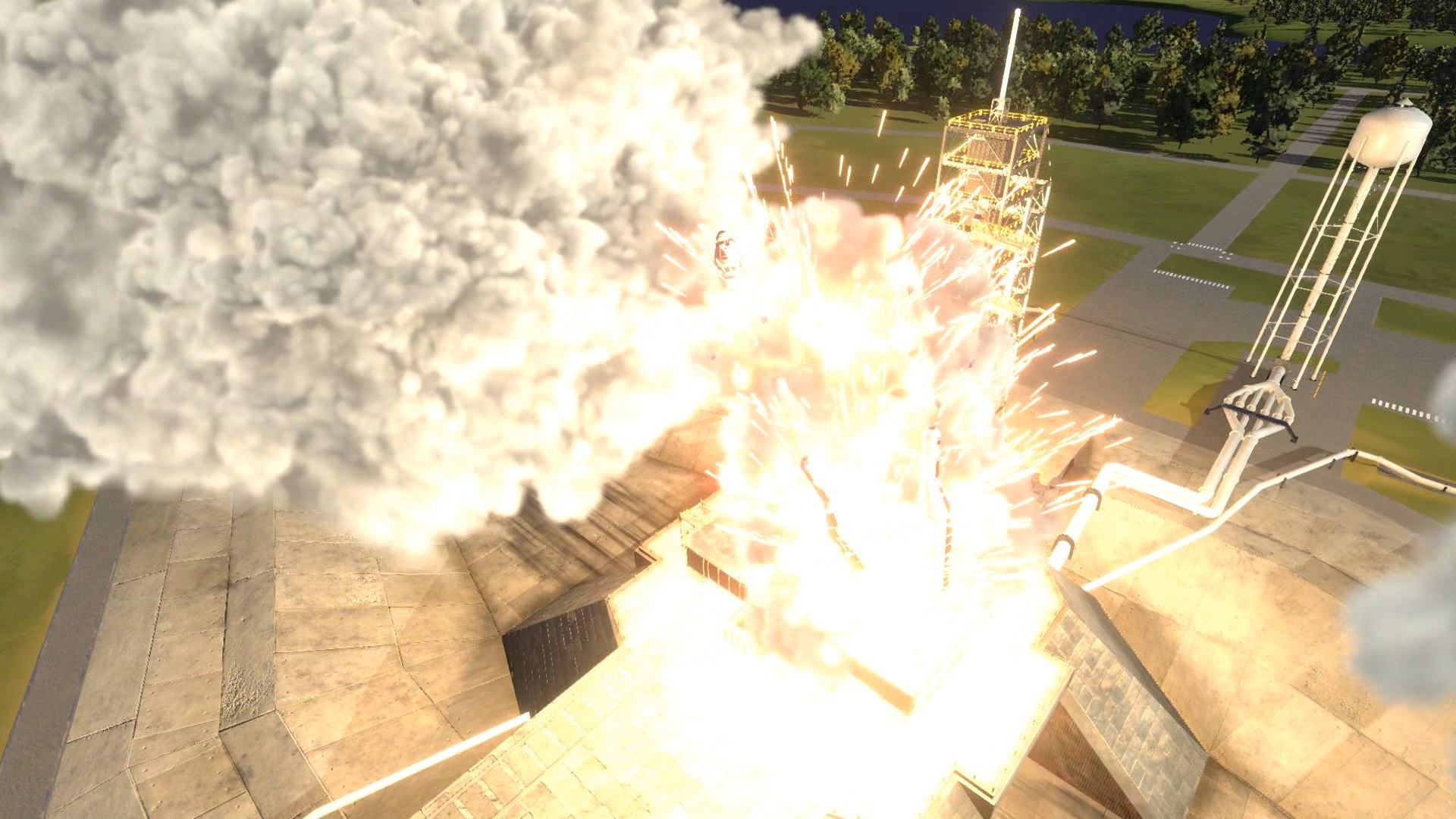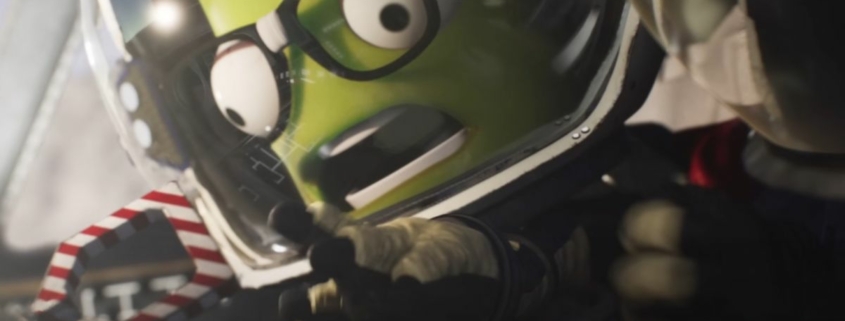Kerbal Space Program 2’s unfinished features may have been unearthed by dataminers
The rocky launch of Kerbal Space Program 2 (opens in new tab) into early access this past week has been met with a flurry of commentary, disagreement, and strife among the game’s community. Bugs and performance issues alongside features deemed “missing” are a lament among the audience and reviewers (opens in new tab), while others are quite happy that the graphics are pretty and the “rocket still go up.” Here on PC Gamer, Noah Smith said that the early access launch was “only for seasoned astronauts.” (opens in new tab)
Some players blamed this on the decision to launch the game into early access, theorizing that it was a corporate decision by publisher Private Division after a change of studios and three years of delays. These flames were fanned for some, dampened for others, by the information that dataminers and modders started finding inside KSP2’s code. One dataminer reported (opens in new tab) finding “most of a … modding API, multiplayer synchronization code, colony management and supply route setup, research, aero heating” and more among the code.
Private Division did not confirm explicitly that these datamined features are in development, but the publisher did generally respond to what the community had discovered: “What players are uncovering is the evidence and affirmation of the immense amount of work that has gone on under the hood to set Kerbal Space Program 2 up for the new features coming in early access, such as colonies, interstellar travel, and eventually multiplayer. Players are also finding other breadcrumbs, and we’re super excited to share about those when the time is right, but we don’t want to spoil anything!”
The publisher also stressed that the game’s release scheme was not, as some players have suggested, neutered by a management-level pivot to an early access release rather than a complete game. “The decision to release in early access did not affect our feature set. The complexity of the game, just like the original, means that KSP 2 is made better from the early access process where we can collaborate with our community,” they said.
It’s a strong confirmation from Private Division that more work has gone into KSP2 than is immediately apparent in its currently limited features. It’s not a surprise that so much incomplete work is in the code—a game about engineeering and experimentation uniquely lends itself to the Early Access model, where near-complete features are omitted because they produce critical bugs that can’t be resolved in time. What’s more, artifacts of development get left in code all the time. Many famous mods are built on finishing and “restoring” just such cut content or cut features to games.

For their part, Private Division seems genuinely grateful for all the fan feedback, some of which is quite extensive—like a huge open letter (opens in new tab) signed by dozens of Kerbal Space Program modders. “We’ve already seen a rapid increase in our ability to test implemented features and adjust how we prioritize things based on feedback from the community, and that’s just within 4 days of launch!,” they said.
“The community is running into bugs and performance issues, some of which we were already working on fixes for, and some new ones that we were not yet aware of but are now actively working on fixes for. We’re incredibly appreciative of the community’s patience and have been moved by all of the supportive comments we’ve seen on Discord, the forums, the subreddit, and Steam.”
Private Division also directed players curious or confused about the state of development to its pre-release and launch day notes for examples of the known bugs and performance issues in KSP2’s first early access release.
Kerbal Space Program 2, now in early access direct from the publisher, on Epic, and on Steam, is the sequel to what we’ve long called one of the best flight sims on PC, and one of the only ones to simulate space travel to the depth that it does.
psa_from_a_dataminer_stop_calling_the_devs_lazy from r/KerbalSpaceProgram
Source link




